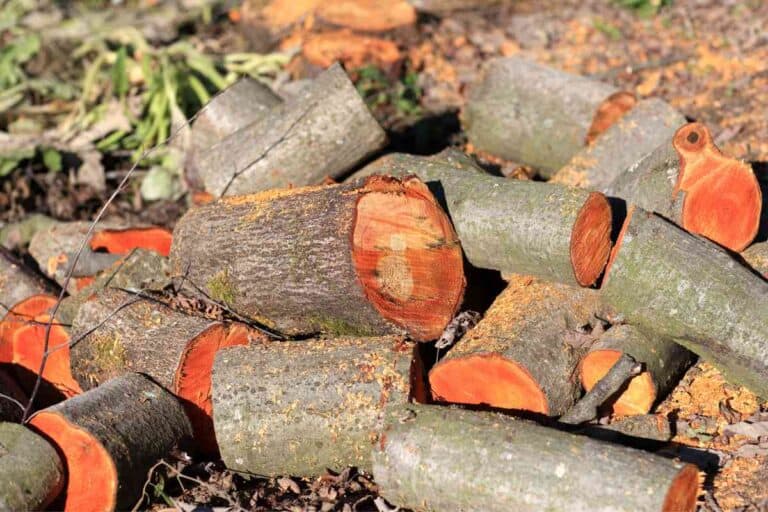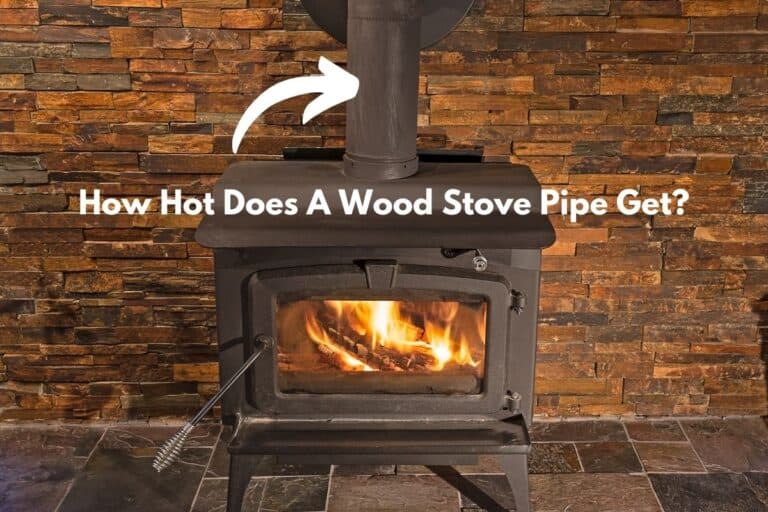The Ultimate Guide to Choosing and Using a Wood Stove for Efficient Home Heating
Are you considering installing a wood-burning stove for your home, but don’t know where to start? Look no further, as we have the ultimate guide to help you choose the perfect wood stove brand and make the most of it for heat and comfort. In this comprehensive article, we will take you through the various types of wood stoves, the key factors to consider when choosing the right one, and best practices for using and maintaining it. Whether you’re a seasoned wood stove user or a first-timer, you’ll find everything you need to know here to keep your home warm and cozy all winter long.
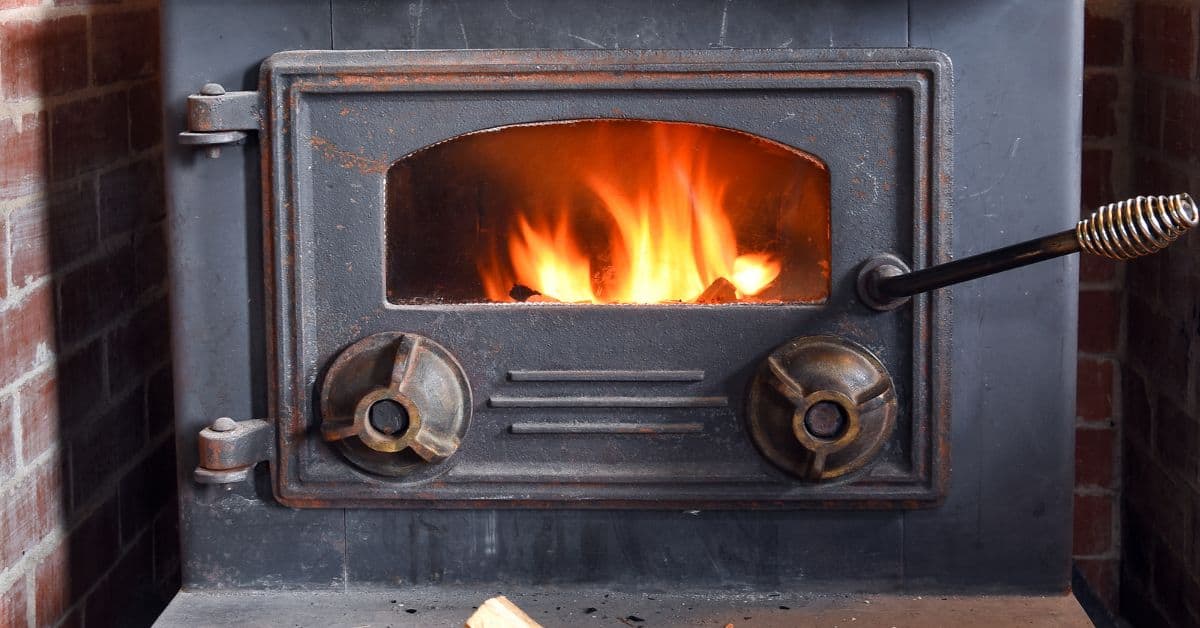
The Warmth and Charm of a Wood-Burning Stove: A Brief Overview
A wood-burning stove is a popular and traditional method of heating homes. As the name suggests, it uses wood as fuel to generate heat and create a cozy and comfortable atmosphere. Wood stoves come in different types, models, and brands, with some of the most popular ones being made of cast iron.
The history of wood stoves dates back to the 18th century when Benjamin Franklin invented the first efficient stove that could produce more heat and burn less fuel. Since then, wood stoves have evolved significantly in terms of design, features, and emissions. Today, modern wood stoves are highly efficient and produce minimal emissions, making them a great choice for environmentally-conscious homeowners.
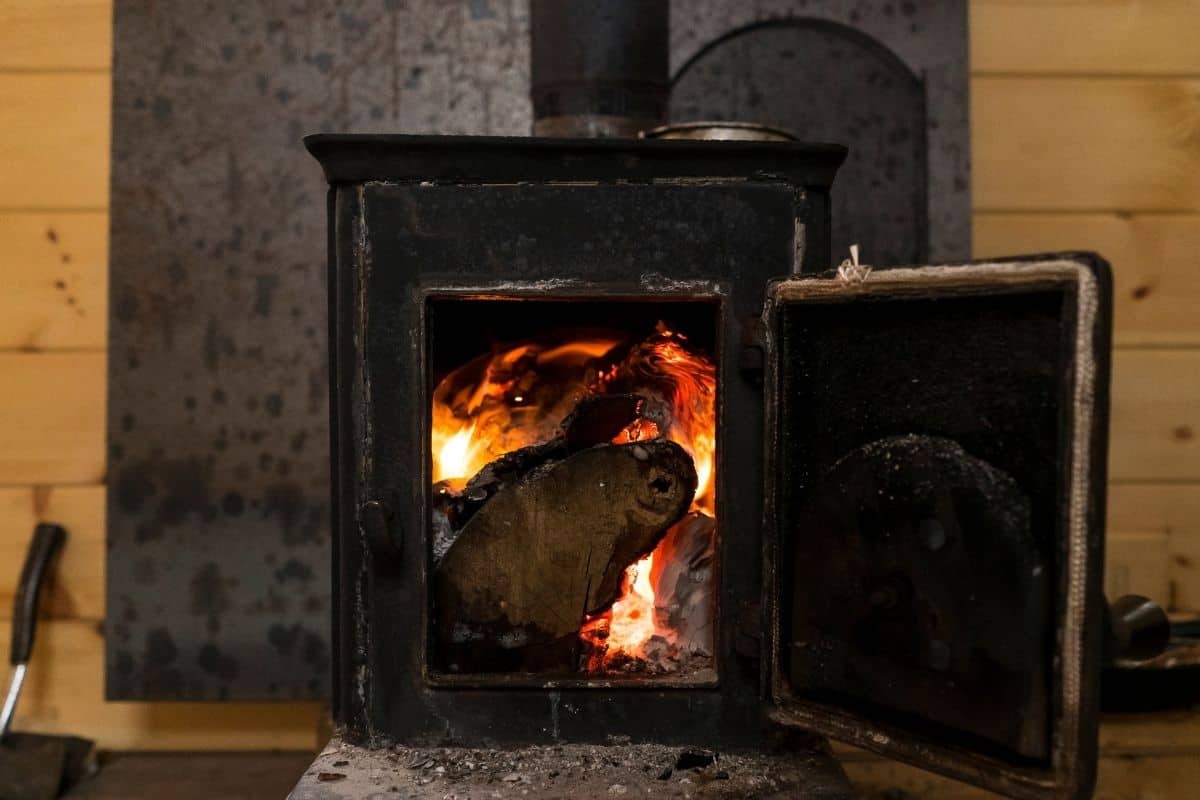
One of the key benefits of using a wood stove is its heat output. Wood stoves can generate a significant amount of heat, and with the right model and features, they can efficiently warm up a large area of your home. Additionally, using a wood stove can save you money on your energy bills, especially if you have access to a sustainable and affordable source of firewood.
Another advantage of using a wood stove is the ambiance it creates. There’s something special about watching the flames dance and hearing the crackling sound of the fire, which adds warmth and charm to any room. Plus, having a wood-burning stove can provide a reliable source of heat during power outages or emergency situations.
Overall, a wood stove is an excellent investment for anyone looking to enjoy the benefits of a cozy and warm home. With so many brands and models available, there is sure to be a wood stove that will meet your heating needs and complement your home’s decor.
3 Recommended Wood Stove Articles:
Traditional, Contemporary, or Hybrid: Which Type of Wood Burning Stove is Right for You?
When it comes to choosing a wood-burning stove, there are three main types to consider: traditional, contemporary, and hybrid. Each type has its own unique design, features, and benefits. Here’s a closer look at the advantages and disadvantages of each type:
- Traditional Wood Burning Stoves Traditional wood stoves are classic in design and often feature cast-iron construction. They have a large firebox and a simple, functional design that is easy to operate. One of the main advantages of traditional stoves is their high heat output, which makes them ideal for heating large spaces. However, traditional stoves are typically less efficient than other types, and they often emit more pollutants, which may not meet EPA (Environmental Protection Agency) regulations.
- Contemporary Wood Burning Stoves Contemporary wood stoves are sleek and modern in design, often featuring a glass door and minimalist construction. They have a smaller firebox than traditional stoves, but they are highly efficient and produce minimal emissions, meeting or exceeding EPA standards. The main advantage of contemporary stoves is their efficiency, which can save you money on your energy bills. However, they may not provide the same level of heat output as traditional stoves.
- Hybrid Wood Burning Stoves Hybrid wood stoves combine the best features of traditional and contemporary stoves. They typically have a larger firebox than contemporary stoves, but are more efficient than traditional stoves. They are often made with a combination of cast iron and steel, and may feature a glass door. The main advantage of hybrid stoves is their versatility, as they offer both high heat output and efficiency. However, they can be more expensive than traditional or contemporary stoves.
The type of wood-burning stove you choose will depend on your heating needs and personal preferences. Traditional stoves offer high heat output but may not be as efficient, while contemporary stoves are highly efficient but may not provide as much heat.
Hybrid stoves offer a balance of both, but may come at a higher price point. No matter which type you choose, make sure to consider EPA regulations and look for a model with a high efficiency rating.
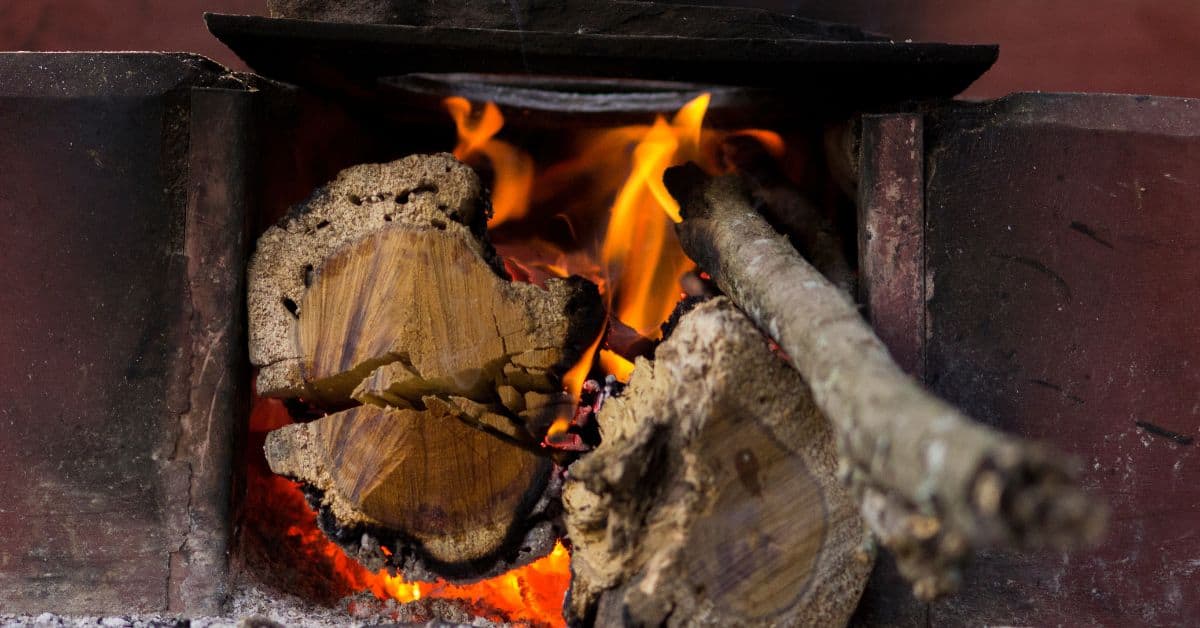
Tips for Choosing the Perfect Wood Stove for Your Home
Choosing the right wood stove for your home can be a challenging task. With so many options available, it’s important to consider several factors before making a purchase. Here are some tips to help you select the perfect wood stove for your needs:
Size and Heat Output The first step is to determine the size and heat output you need. Consider the square footage of the room you want to heat and the climate in your area. A stove that is too small won’t provide enough heat, while one that is too large may be inefficient and difficult to control.
Efficiency Efficiency is an important factor to consider when choosing a wood stove. Look for models with a high efficiency rating, as they will use less cord wood and produce fewer emissions.
- Quality Construction Choose a wood stove with quality construction that is built to last. Look for a model that is made from durable materials such as cast iron or ceramic, and check the manufacturer’s warranty to ensure that you are getting a high-quality product.
Freestanding or Fireplace Insert Decide whether you want a freestanding stove or a fireplace insert. Freestanding stoves are more flexible in terms of placement, while fireplace inserts are designed to fit into an existing fireplace and may be more convenient for some homeowners.
Installation Requirements Consider the installation requirements for the stove you are considering. Some stoves require a chimney, while others can be vented through a wall. Make sure that the installation requirements are feasible and within your budget.
Performance and Emission Standards Check the performance and emission standards for the wood stove you are considering. Look for models that meet or exceed EPA standards for emissions and performance, as this can help ensure that you are getting a high-quality, safe, and efficient product.
Choosing the right wood stove requires careful consideration of several factors, including size, heat output, efficiency, quality construction, installation requirements, and performance and emission standards. By following these tips, you can find a wood stove that meets your needs and enhances the living space in your home.
Keep Your Wood Stove Safe and Efficient with These Maintenance and Safety Tips
Regular maintenance is important to keep your wood stove running safely and efficiently. Here are some best practices for cleaning and maintaining your wood stove, as well as safety tips to ensure that you are using it properly:

Importance of Regular Maintenance Regular maintenance is key to keeping your wood stove running smoothly. A well-maintained stove will burn fuel more efficiently, produce less combustion, and last longer. Be sure to follow the manufacturer’s recommendations for maintenance and have your stove certified by a professional at least once a year.
Best Practices for Cleaning and Maintaining a Wood Stove To keep your wood stove running efficiently, it’s important to clean it regularly. Remove ashes and any debris that may have accumulated inside the stove. You should also clean the glass door with a special cleaner that is designed for use on wood stoves. For more information, consult your manufacturer’s instructions.
Safety Tips for Using a Wood Stove Safety is crucial when it comes to using a wood stove. Here are some tips to keep you and your family safe
- Proper Ventilation: Be sure to open a window or door when using your wood stove to provide proper ventilation. This will ensure that harmful gases are vented outside and not trapped inside your home.
- Preventing Chimney Fires: Chimney fires can occur when creosote, a byproduct of burning wood, accumulates in the chimney. To prevent chimney fires, make sure to have your chimney cleaned and inspected regularly.
- New Wood and Catalyst Zones: When using a new wood stove, be sure to follow the manufacturer’s instructions and avoid burning certain types of wood, such as green or wet wood. Some stoves have catalyst zones, which need to be treated with care and should not be touched with bare hands.
- Overnight Burning: Do not leave your wood stove unattended overnight. This can be dangerous and may cause a fire.
- Information: Always read the instructions and owner’s manual that come with your wood stove. This will provide you with valuable information on how to use and maintain your stove properly.
Regular maintenance and safety are critical when it comes to using a wood stove. By following these best practices for cleaning and maintaining your stove and adhering to safety guidelines, you can enjoy the benefits of a warm and cozy home without putting your family or property at risk.
Enhancing Your Wood Stove Experience: Common Accessories to Improve Performance and Efficiency
As a wood stove enthusiast, I know that having the right accessories can enhance the performance and efficiency of your wood stove. Here’s an overview of common wood stove accessories and how they can improve your wood stove experience.
- Heat Shields: A heat shield is a simple yet effective accessory that can help protect your walls and other surfaces from the intense heat produced by your wood stove. It is placed behind or beside the stove, and acts as a barrier to prevent heat from radiating directly onto walls and other objects. This can help reduce the risk of fires and can also help increase the efficiency of your wood stove by reflecting heat back into the room.
- Stove Pipes: Stove pipes are essential for venting smoke and gases from your wood stove to the outside. They are available in various lengths, diameters, and materials, including stainless steel and galvanized steel. Stove pipes can help ensure that your wood stove operates efficiently by providing proper ventilation.
- Stove Fans: Stove fans, also known as stove top fans, are designed to distribute heat more evenly throughout the room by circulating warm air. They operate by using the heat from the wood stove to power a small electric motor that spins the blades of the fan. This can help improve the efficiency of your wood stove and can also reduce the amount of wood you need to burn.
- Ash Vacuum: An ash vacuum is a specialized vacuum cleaner that is designed to safely and efficiently remove ashes and debris from your wood stove. It has a heat-resistant metal canister and filter that can withstand the high temperatures produced by your wood stove, and can help reduce the risk of fires caused by improperly disposing of ashes.
Wood Moisture Meter: A wood moisture meter is a handy tool that can help you determine the moisture content of your firewood. This is important because burning wood with a high moisture content can reduce the efficiency of your wood stove, increase creosote buildup in your chimney, and produce more smoke and emissions. With a moisture meter, you can ensure that your firewood is properly seasoned and ready to burn.
Overall, these accessories can help you get the most out of your wood stove, while also improving safety and efficiency. When choosing accessories for your wood stove, make sure to choose high-quality products that are designed to work with your specific model and brand.
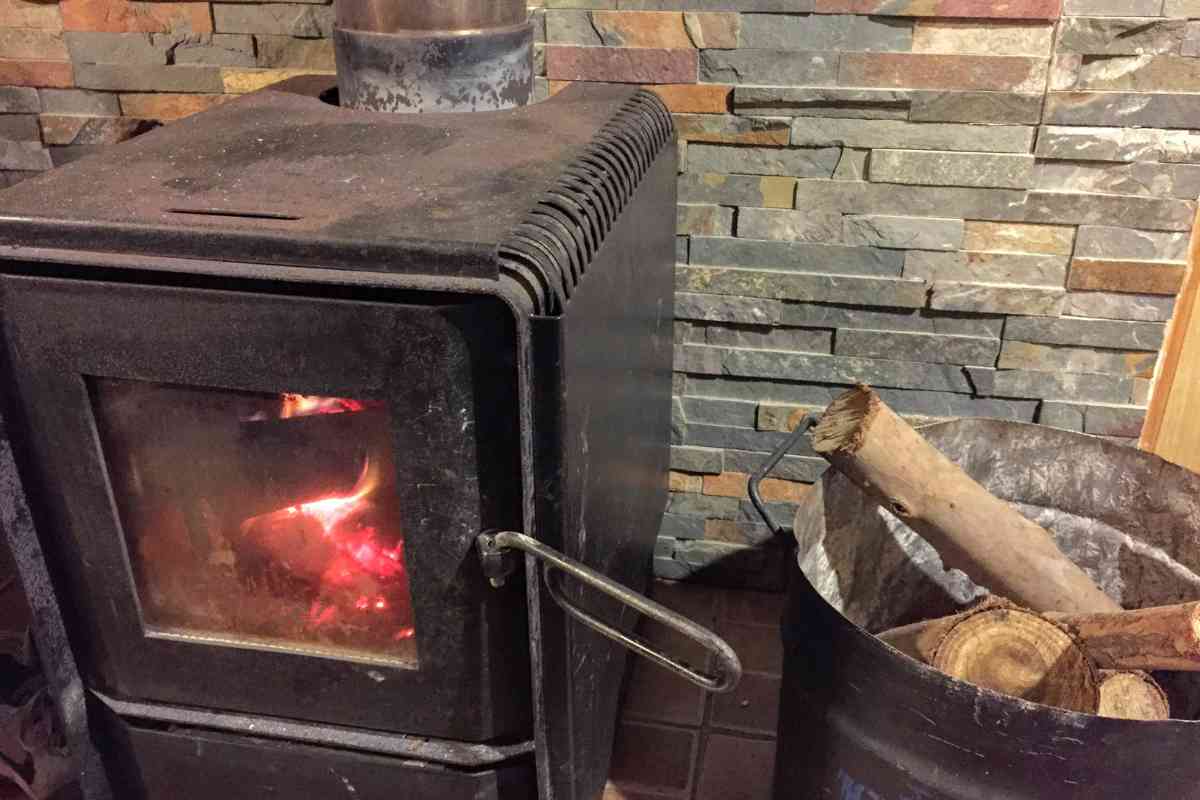
Here are the key takeaways from this article on wood stoves:
- Wood stoves have been used for centuries as a reliable source of heat and warmth, and are still a popular choice today.
- There are several different types of wood stoves to choose from, including traditional, contemporary, and hybrid models, each with their own advantages and disadvantages.
- When selecting a wood stove, consider factors such as size, heat output, efficiency, and installation requirements to find the right model for your needs.
- Proper maintenance and regular cleaning are essential to keep your wood stove operating safely and efficiently.
- Accessories such as heat shields, stove pipes, stove fans, ash vacuums, and wood moisture meters can help improve the performance and efficiency of your wood stove.
- Always prioritize safety when using a wood stove, and follow best practices such as proper ventilation and fire prevention measures.


